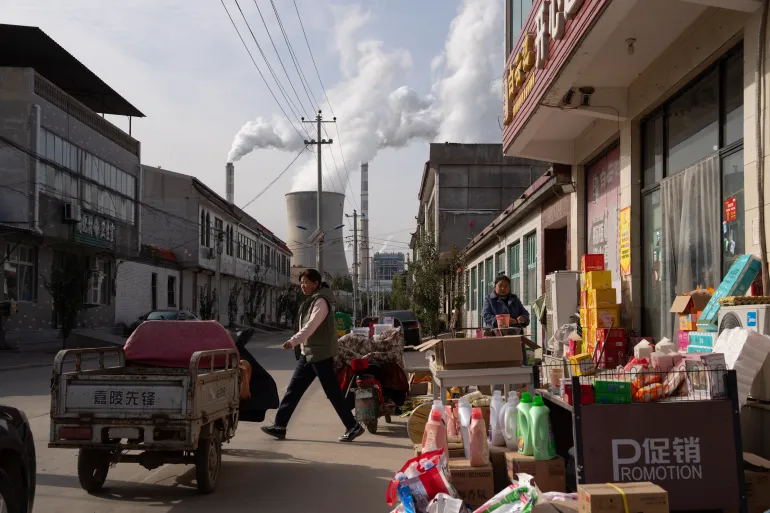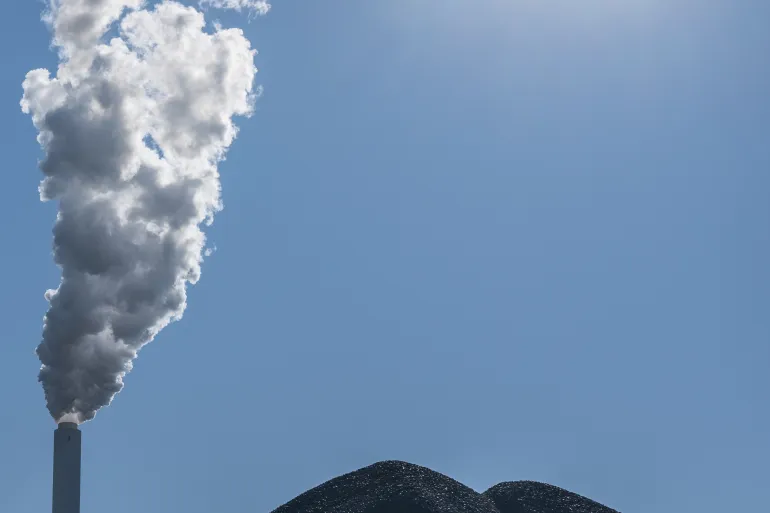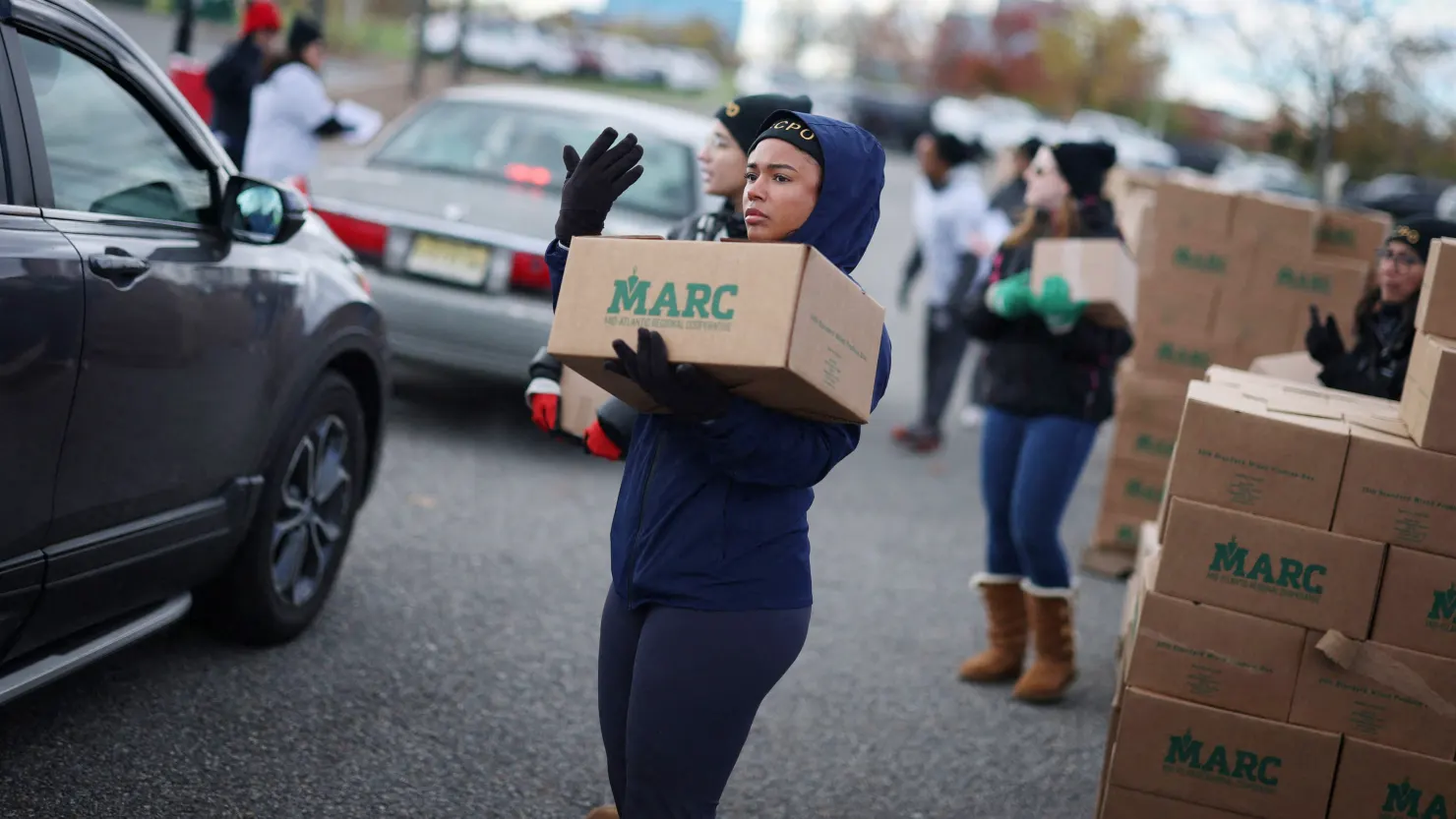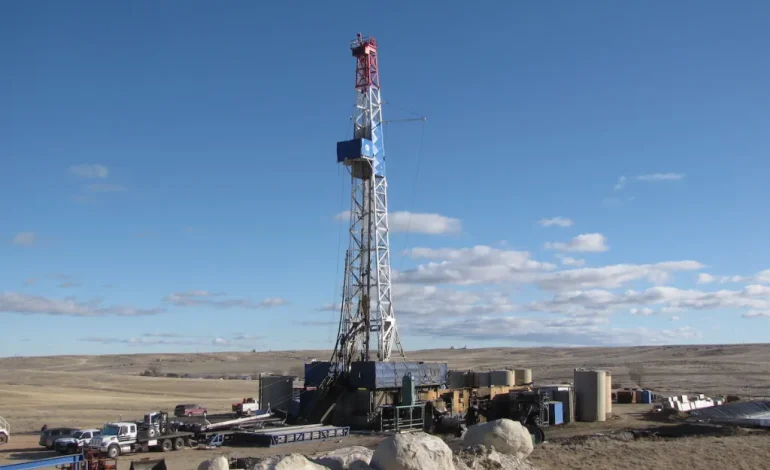A new report from the Center for Western Priorities reveals a troubling trend in Wyoming’s oil and gas industry: a notable increase in drilling-related spills in 2024, even as neighboring states Colorado and New Mexico experienced declines.
According to the report, the three states combined reported 2,709 oil and gas drilling-related spills last year, releasing nearly 7 million gallons of oil, wastewater, and other hazardous liquids into the environment. Wyoming accounted for 972 of these spills, an increase of 33% from 2023. The volume of spilled material in the state rose by 29%, totaling over 1.8 million gallons.
In contrast, both Colorado and New Mexico saw improvements in their spill metrics. In New Mexico, the total volume of spilled liquids dropped for the third consecutive year. This decline follows the implementation of a 2021 regulation empowering state regulators to impose fines on operators responsible for spills. Colorado also reported fewer spill incidents in 2024 than the previous year.
“Companies in Colorado, New Mexico, and Wyoming spilled over 7 million gallons of contaminated liquids and crude oil and wasted billions of cubic feet of methane,” said Kate Groetzinger, Communications Manager at the Center for Western Priorities. “We should not accept this as the cost of producing energy in the West.”
The increase in spills in Wyoming comes despite a more modest 11% rise in oil production during the same period, suggesting a growing spill rate per gallon produced. Notably, nearly 40% of the state’s spills occurred in just two counties—Campbell and Converse—located in the prolific Powder River Basin.
Five companies were responsible for half of all reported spills in Wyoming. Carbon Creek Energy reported the highest volume, spilling over 321,000 gallons of drilling-related liquid—more than 11 times the amount it reported the previous year. EOG Resources followed with 187,000 gallons spilled.
The Center’s report also notes limitations in Wyoming’s spill data. Unlike Colorado and New Mexico, Wyoming does not make spill data publicly available. The information used in the report was obtained via direct communication with the Wyoming Oil and Gas Conservation Commission. As the data is self-reported by operators, the true number of spills and total volume could be higher.
The Center for Western Priorities stresses that oil and gas production carries inherent environmental risks, and stronger transparency and enforcement may be needed to mitigate those risks in Wyoming.
With input from Oklahoma Energy Today and Center for Western Priorities.










The latest news in your social feeds
Subscribe to our social media platforms to stay tuned